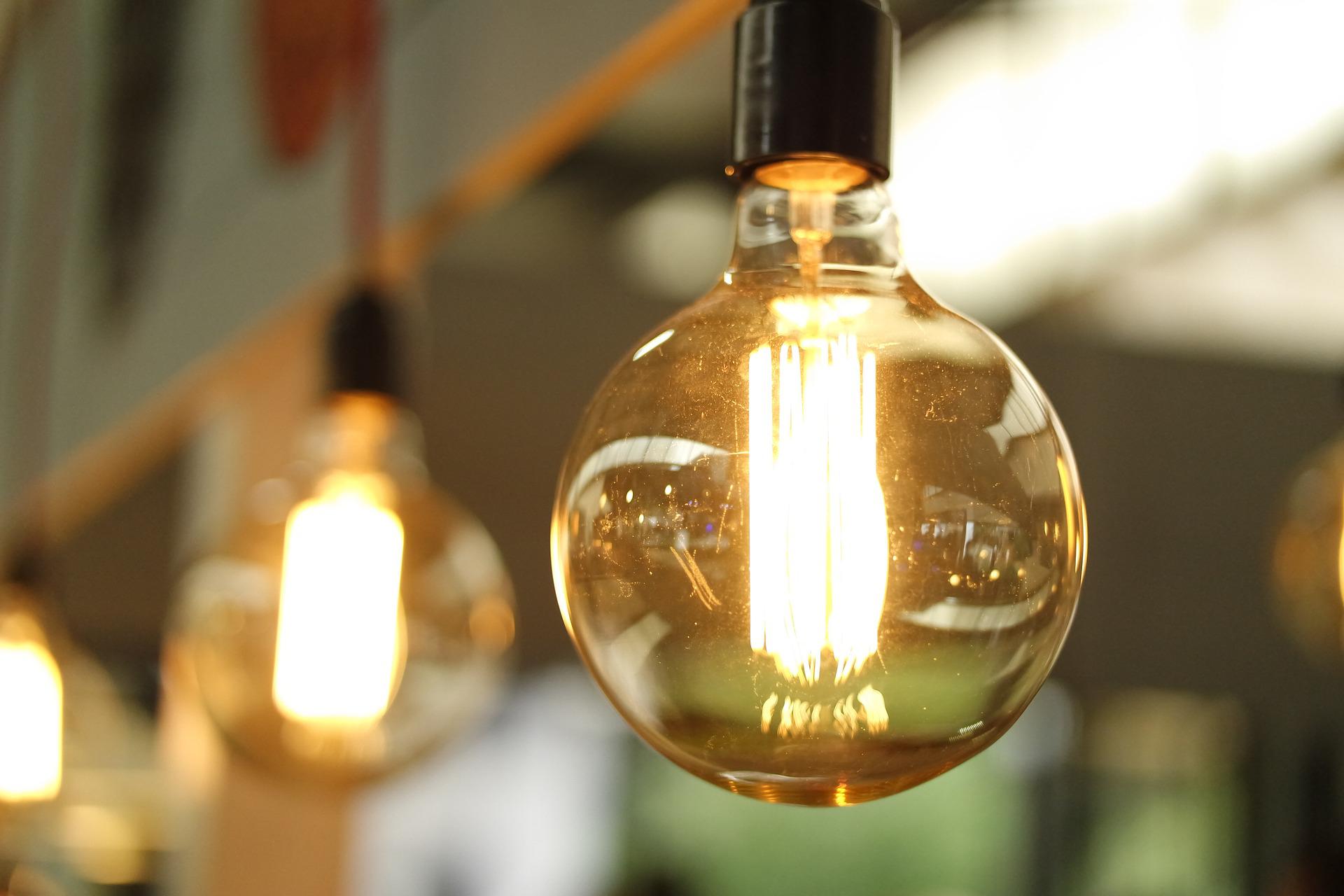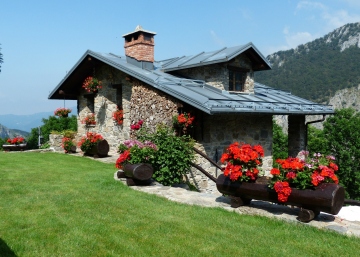Having an energy efficient household is important for both keeping the utility bills down and living a responsible, sustainable life on this Earth.
According to the Office of Energy Efficiency & Renewable Energy, homes and commercial buildings make up 40% of energy use in the United States. Between 10% and 20% of energy usage is wasted on air leaks, drafts, and outdated heating and cooling fixtures.
It doesn’t take a lot to make your home much more pleasant and long-lasting. Your monthly overheads will be diminished, and your conscience will be clear. Investing in energy efficiency is really a no-brainer.
If you’re building a new home, chances are you will have to follow the latest protocols and regulations concerning energy efficiency.
However, if you’re looking to upgrade an existing home, here are some sound tips and tricks to achieve maximum energy efficiency.
Assessing your home’s energy efficiency
Before you start investing in making your house more energy efficient, you need to assess the current state.
There are professionals you can hire to do this, but here are a few tips to help you get a ballpark estimate. It can also highlight some easy and quick fixes that will dramatically improve your home’s energy efficiency.
-
Check for air leaks
Gaps in your house’s build leak heat in and out of your home. That’s pretty self-explanatory. If you’ve recently installed some quality acoustic panels, chances are you won’t have any leaks in your walls. If that is not the case, however, you will need to do some basic checks.
Check whether your windows close properly or if they have gaps. Check the edges of your flooring. Check the meeting between the walls and the ceiling.
Apart from a visual inspection, which is also efficient, you can conduct an easy check that will guarantee you find the biggest offenders. Close all windows and doors shut. Turn on appliances that drag air out of your home, such as stove vents, bathroom fans, and clothes dryers. Light an incense stick and carefully move it along critical areas, such as window joints and ceiling edges. If the smoke moves, there’s room for improvement.
Another easy way to quickly find out if you’re losing money is to shut a door on a piece of paper. If you can pull it out without dragging it, you can certainly improve your home’s energy efficiency.
You can reduce heat loss through windows by up to 50% by installing storm windows in your home.
-
Ventilation issues
Several appliances competing for primacy in air intake can create not just an energetically inefficient situation but a dangerous one at that.
For example, an exhaust fan could be pulling combustion gasses from heating fixtures back into your home, increasing the level of carbon monoxide.
Soot and burn marks around appliances that require ventilation are a mark of poor draft. If you notice these inside your utility rooms, contact a professional to solve this problem as soon as possible.
-
Insulation issues
Heat loss through the ceiling, walls, and floor is common in older houses. Insulation issues are a major contributor to poor energy efficiency. These may be more difficult to check for yourself without professional assistance.
One way of doing it is taking the plastic plate off a wall socket on an exterior wall. Important: you should only do this after you’ve turned off the circuit breaker and tested whether the socket really has no electricity in it.
After that, you can break away small bits of material using a plastic crochet hook. That way, you can easily inspect just what kind of materials you have in your walls.
You can also make small holes in your walls in easily coverable places, such as behind couches or other furniture. After you’ve done that, you can check what the wall cavity is filled with. Ideally, it should be filled with some kind of insulation material.
These are all low-level tests, however. To really check the state of your insulation, hire a professional to do a thermographic inspection of your home.
You could also consider installing what’s called a Cool Roof. Cool roofs use a highly reflective material that reflects more light and lets less heat into your home, causing it to be much cooler during hot summer months.
-
Cooling and heating equipment maintenance
Cooling and heating equipment, especially older appliances, can cause severe energy loss if not maintained properly. Temperature management is the biggest item on the energy bill list, clocking in at around 43% of your utility energy consumption.
Conduct annual checks of your cooling and heating equipment, especially ducts. If you see marks on duct seams, those are usually a sign of air leaks. These should be sealed as soon as possible. Programmable thermostats are also amazing at conserving heat and energy. With a proper thermostat set up, you’re likely to save up to 10% on your heating bill annually.
Proper maintenance, professional insulation, and upgrading to modern appliances can cut your cooling and heating energy consumption by up to 50%.
-
Lighting
Lighting fixtures eat away around 10% of annual energy bills in the average American household.
Replacing all of your inefficient fiber light bulbs with LED ones is one of the easiest ways to improve your home’s energy efficiency. Look for fixtures labeled ENERGY STAR.
Smart home elements, like sensors, dimmers, and timers can ensure no lights shine too long or too bright and adding unnecessary dollars to your utility bills. Smart home elements and energy efficient light bulbs can reduce lighting electricity usage in your home by up to 75%.
-
Appliances
Old and outdated appliances are also major energy drainers. Purchasing a new appliance usually means getting a more energy efficient one.
You should keep your appliances unplugged when not in use to prevent phantom loads.
If you have a smart home, dive into the energy efficiency settings and dial in the optimal set of values for energy efficiency.
One of the biggest favors you can do to your home is installing an energy efficient water heater. Water heating is the third biggest energy drain in your home, and it typically accounts for 12% of your utility bill. Using less hot water, installing smart thermostats, and making sure your water heater is properly insulated will put a big dent in your energy spending.
Conclusion
In a time when responsible energy use is one of the most pressing issues, having an energetically inefficient home could be considered immoral.
Energy plants pollute our environment, and waste of energy or overuse only deepens the problem we all face as a community.
Check your insulation. Check for air leaks around the floor, the ceiling, the walls, and especially their meeting places. Replace old, outdated appliances with newer ones that are more energy efficient.
Taking some time and effort to examine the state of your home’s energy efficiency is a genuinely good deed while also being very helpful to your family’s budget.
While you can do some of the tests yourself, it’s always best to hire the services of a professional that can tell you exactly what adjustments you can make to your home.




You must be logged in to post a comment.